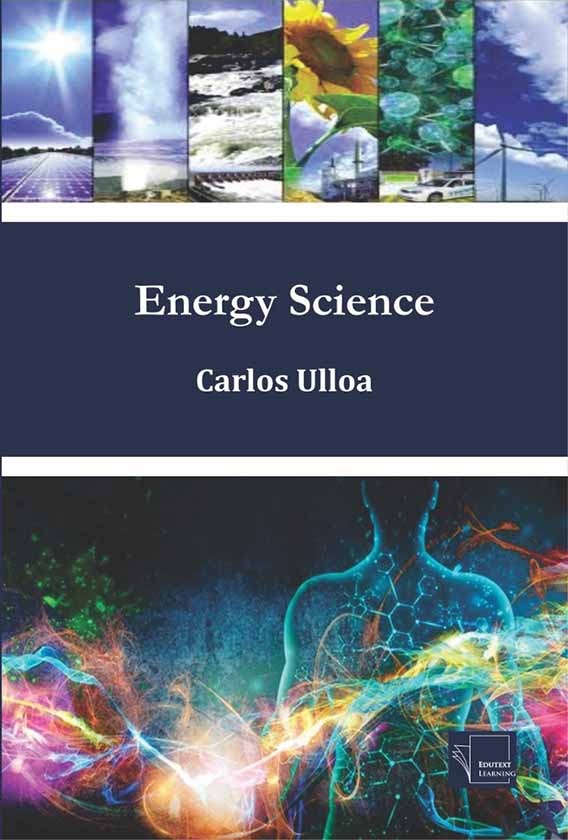A core text in the field, Energy Science is full of topical case studies and examples using current data to highlight the practical application of relevant theory. Discussion questions throughout the text encourage the development of deep critical thinking skills, ensuring that students are properly equipped to approach the energy challenges that lie ahead. Energy Science introduces the latest energy technologies, explaining the physical principles underlying technology and discussing their environmental, economic, and social impacts. Covering fossil fuels, renewable, and nuclear energy, the text enables students to evaluate the key sources of energy available, and introduces potential solutions to the energy problems facing us today. Although any energy in any single form can be transformed into another form, the law of conservation of energy states that the total energy of a system can only changes if energy is transferred into or out of the system. This means that it is impossible to create or destroy energy. The total energy of a system can be calculated by adding up all forms of energy in the system. Examples of energy transfer and transformation include generating or making use of electric energy, performing chemical reactions, or lifting an object.
Title : Energy Science
- Author : Carlos Ulloa
- ISBN : 9781995875828
- Binding : Paperback
- Price : $ 69.99
- Year : 2025
- Pages : 288
- Langauge : English
- Subject Category : Energy Engineering



















